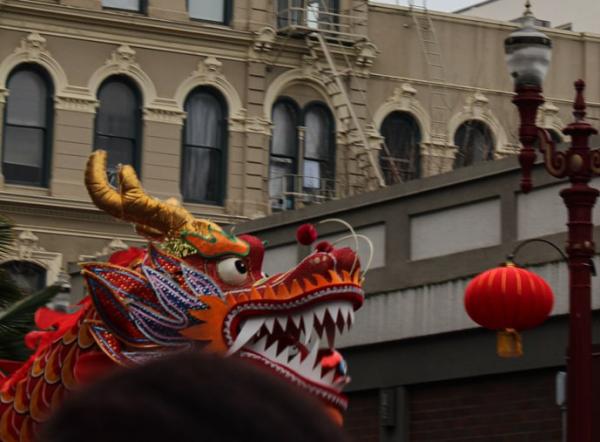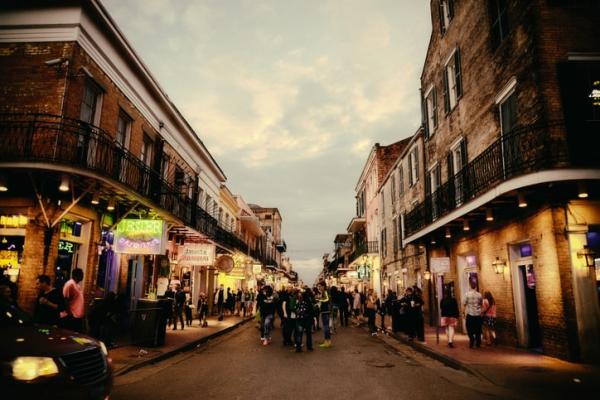Civil Rights Cases (1883)

Between 1866 and 1875, Congress passed several civil rights acts to implement the 13th and 14th amendments. One was the Civil Rights Act of 1875, which imposed various criminal penalties against private businesses that practiced racial discrimination. Penalties were imposed on any owner of a public establishment or conveyance who practiced racial discrimination in the conduct of his or her business. Many Northerners and Southerners opposed to Reconstruction saw the law as an infringement of personal freedom of choice.
By the 1870s, various white supremacist groups, including the Ku Klux Klan, were using both nonviolent and violent means throughout the South to influence politics and intimidate African Americans. In 1877, when withdrawal of federal troops brought the Reconstruction period to a close, Southern legislatures began to pass laws and establish practices which created separate societies for whites and African Americans.
A number of cases involving application of the federal law were collected in this case and presented to the Supreme Court during the term 1882-1883. African-American citizens protested their exclusion from a hotel dining room in Topeka, Kansas; from the opera in New York City; from the better seats of a San Francisco theater; and from a car set aside for ladies on a train.
The case examined the constitutionality of the Civil Rights Act of 1875 in light of the Equal Protection Clause of the 14th Amendment. Did the Act of 1875 violate the Constitution? Was the conduct of business by a private person subject to the Equal Protection Clause of the 14th Amendment? Did the amendment prohibit State governments from discriminating, but permit private persons to discriminate under “freedom of choice“ (that is, “We reserve the right to refuse service to anyone“)? What protections did the 13th and 14th amendments provide for citizens?
For eliminating private segregation: The Civil Rights Act of 1875 was constitutional. The 13th and 14th amendments were clearly intended to “remove the last vestiges of slavery“ from America. To permit private discrimination would be to “permit the badges and incidents of slavery“ to linger in the South. The Federal Government had the authority to protect citizens from private and State actions that deprived them of their rights.
For private segregation: The intent and purpose of the 14th Amendment was to prevent discrimination in any form by the State governments. The amendment declares, “â¦nor shall any State deprive citizens of life, liberty or property without due process of law, nor deny any person within its jurisdiction the equal protection of the lawsâ¦.“ This is clearly and precisely not a limit on private action. It speaks to State action only. The Civil Rights Act was, therefore, unconstitutional and interfered with the private rights of citizens to use, manage, and protect their businesses and property. Private citizens have a right to decide the conditions under which they operate their businesses. Outside interference (that is, federal intervention) would amount to tyranny.
The 8-1 decision of the Court was delivered by Justice Joseph P. Bradley, with John Marshall Harlan of Kentucky alone in dissent. The Court decided that the Civil Rights Act of 1875 was unconstitutional. Neither the 13th nor the 14th amendment empowers the Congress to legislate in matters of racial discrimination in the private sector, Bradley wrote. “The 13th Amendment has respect, not to distinctions of raceâ¦but to slavery.⦓ The 14th Amendment, he continued, applied to State, not private, actions; furthermore, the abridgment of rights presented in this case are to be considered as “ordinary civil injur[ies]“ rather than the imposition of badges of slavery.
Bradley commented that “individual invasion of individual rights is not the subject-matter of the [14th] Amendment. It has a deeper and broader scope. It nullifies and makes void all state legislation, and state action of every kind, which impairs the privileges and immunities of citizens of the United States, or which injures them in life, liberty or property without due process of law, or which denies to any of them the equal protection of the laws.“ Therefore, the Court limited the impact of the Equal Protection Clause of the 14th Amendment.
Segregation by race in the private sector was given tacit approval by the Court. “Whites only“ signs had begun to appear across the South by this time, and in the North as well. This decision was one of several which gave legal standing to efforts intended to return to the social order of pre-Civil War days. The major decision on segregation in America came 13 years later in Plessy v. Ferguson, 1896, when the “separate but equal“ doctrine was seen as providing “equal protection of the laws“ to African Americans. Justice Harlan, the lone dissenter in the Civil Rights Cases, as he was to be later on Plessy, made a point in the latter case whose echo is still heard today: “The Constitution is color-blind: it neither knows nor tolerates classes among citizens.“ Seventy-one years would pass after his first dissent, however, before a majority of the Supreme Court embraced Harlan's interpretation.
Source: ©2005 Pearson Education, Inc., publishing as Pearson Prentice Hall. All rights reserved. Used by permission.
- Members of the Supreme Court of the United States
- U.S.Supreme Court Justices: Biographies
- The Supreme Court: Justices, Landmark Decisions, Timelines
- Supreme Court Facts
- Encyclopedia: Supreme Court, United States
- Milestone Cases in Supreme Court History
- Ten Important Supreme Court Decisions in Black History
Information Please®, ©2005 Pearson Education, Inc. All Rights Reserved.







